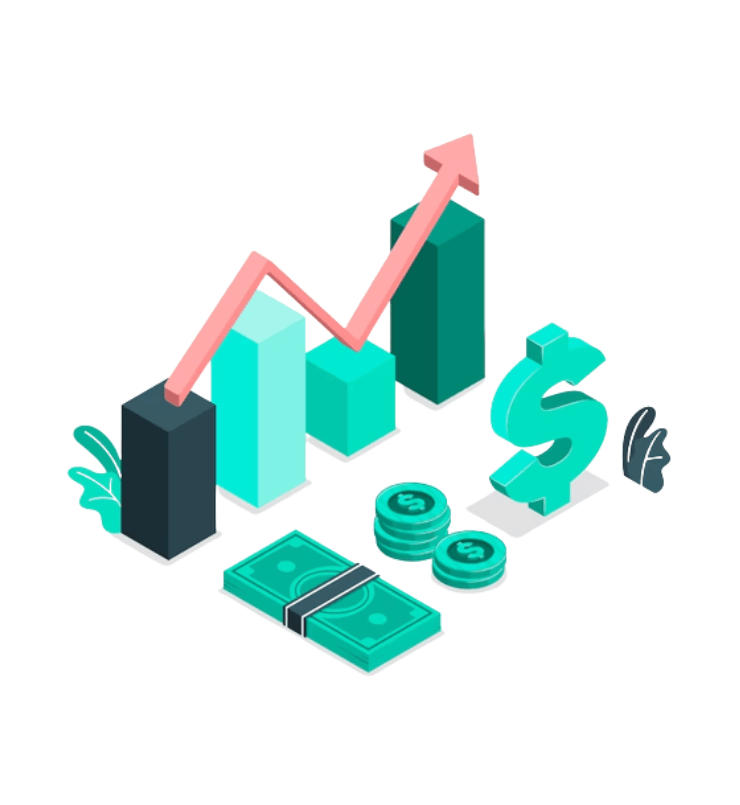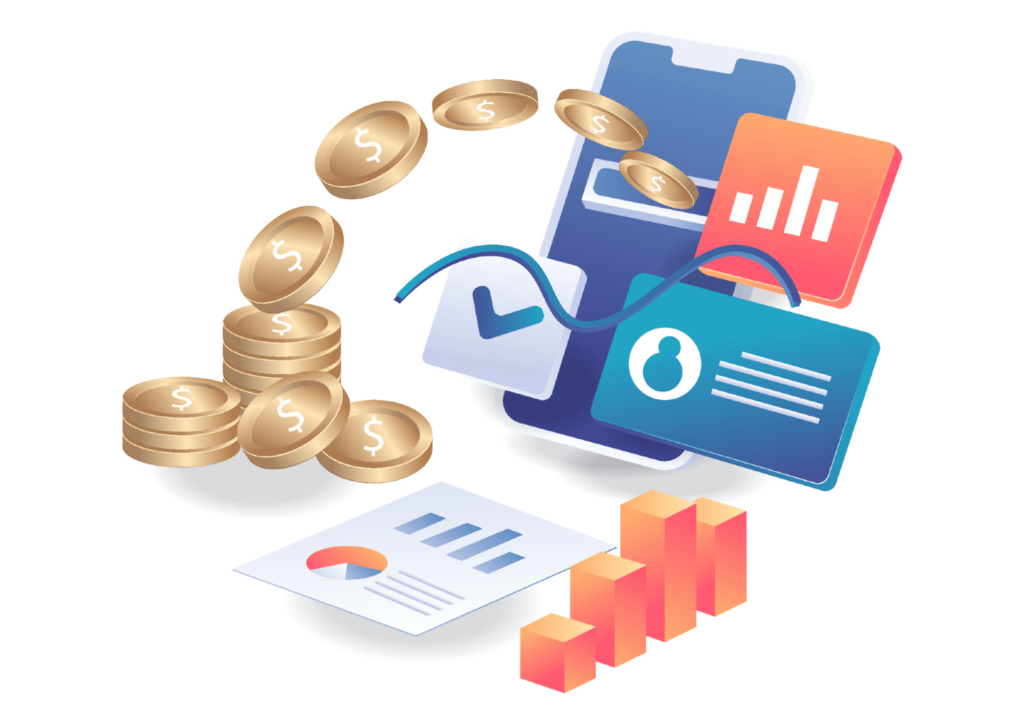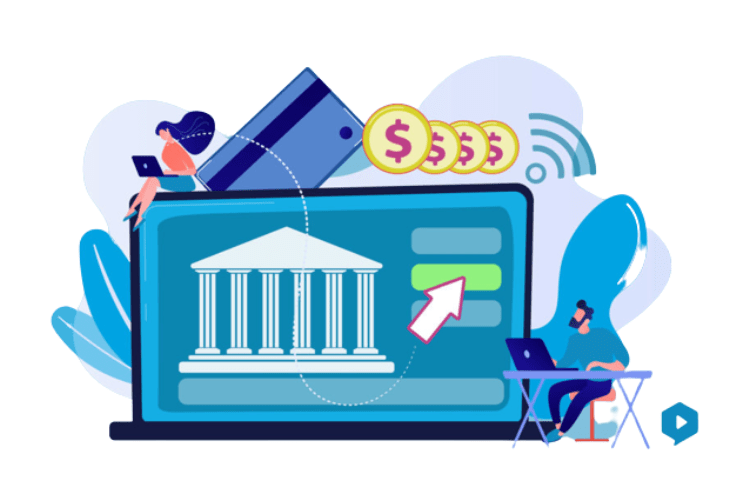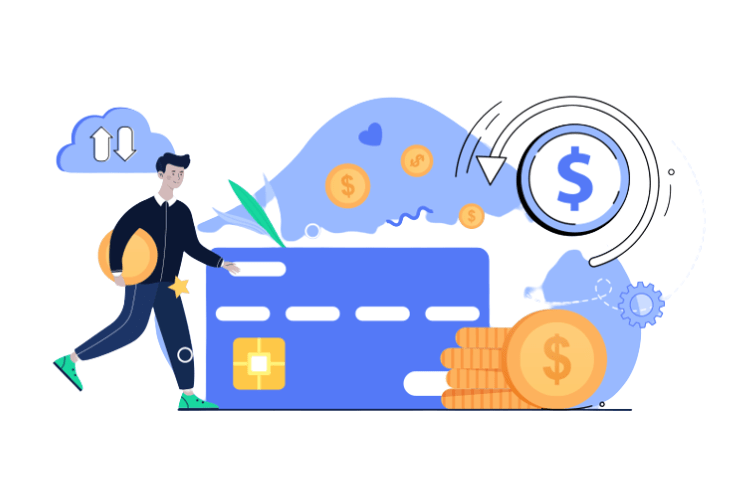Watch video summary
Introduction
As our global economy continues to evolve, sustainable commerce has taken center stage in shaping the future of business. Two concepts that have gained significant attention in recent years are digital payments and the circular economy. In this article, we’ll explore the intersection of these concepts and how they’re shaping the future of sustainable commerce. As a digital payment provider, Payine believes that the integration of these concepts is crucial for our collective progress towards a more sustainable world.
Understanding Digital Payments
Digital payments are electronic transactions that allow individuals and businesses to transfer funds without the use of physical currency. These transactions can take various forms, including credit and debit cards, mobile wallets, and peer-to-peer payment platforms.
The advantages of digital payments are numerous. They offer convenience, speed, and increased security compared to traditional payment methods. Additionally, digital payments have the potential to drive financial inclusion and reduce the costs associated with cash handling. The global adoption of digital payments has been steadily increasing, with more businesses and consumers recognizing their benefits.
The Circular Economy Concept
The circular economy is an alternative to the traditional linear economy (make, use, dispose) that aims to keep resources in use for as long as possible, extract their maximum value, and recover and regenerate products and materials at the end of their life. This approach is based on three principles: designing out waste and pollution, keeping products and materials in use, and regenerating natural systems.
By implementing a circular economy, businesses can reduce their environmental impact, lower their operating costs, and create new revenue streams. Examples of circular economy practices can be found in various industries, such as fashion, electronics, and packaging.
The Role of Digital Payments in the Circular Economy
Digital payments can play a significant role in driving the circular economy. Here are four ways they can contribute:
Facilitating transactions in the sharing economy:
Digital payments make it easier for individuals and businesses to participate in the sharing economy, which is a core component of the circular economy. By enabling seamless transactions for shared resources, digital payments encourage more efficient use of goods and services.
Promoting transparency and traceability in supply chains:
Digital payments can help track transactions and ensure that products and materials are sourced and processed responsibly. This transparency can incentivize businesses to adopt more sustainable practices, ultimately contributing to a more circular economy.
Encouraging responsible consumption and waste reduction:
Digital payments can enable innovative pricing models that promote responsible consumption, such as pay-per-use or subscription models. By shifting consumers’ focus from ownership to access, these models can reduce waste and promote more sustainable consumption patterns.
Driving innovative business models and financial solutions:
Digital payments can facilitate the development of new business models and financial solutions that support the circular economy. For example, they can enable platforms that connect businesses with surplus resources to those in need, or crowdfunding platforms that support circular economy projects.
Challenges and Solutions
Despite the potential benefits of combining digital payments and the circular economy, several challenges need to be addressed:
Security and privacy concerns in digital payments: As digital payments become more prevalent, security and privacy issues must be tackled. Ensuring the safety of user data and preventing fraud are crucial for maintaining trust in digital payment systems.

Digital divide and financial inclusion:
While digital payments can help drive financial inclusion, there’s still a significant digital divide, particularly in developing countries. Efforts must be made to increase access to digital payment systems and promote their adoption among the unbanked population.
Regulatory frameworks and cooperation:
To fully realize the potential of digital payments in the circular economy, governments, businesses, and financial institutions need to collaborate and create supportive regulatory frameworks.
Potential solutions to these challenges include investing in cybersecurity measures, promoting digital literacy and infrastructure development, and establishing public-private partnerships to foster innovation and cooperation.
Case Studies:
Success Stories of Combining Digital Payments and Circular Economy Several businesses and projects have successfully combined digital payments and circular economy principles, demonstrating the potential of this synergy. Here are a few examples:
Rent the Runway:
This fashion rental platform allows users to rent designer clothing for a fraction of the purchase price, reducing the need for fast fashion and promoting responsible consumption. Digital payments enable seamless transactions and subscriptions, making the service accessible and convenient for users.
Mud Jeans:
This Dutch denim brand offers a leasing model where customers pay a monthly fee to use their jeans. Once the jeans are no longer wanted, they can be returned and exchanged for a new pair, while the old pair is recycled into new products. Digital payments make this innovative business model possible by facilitating recurring payments and supporting customer engagement.
Loop:
A zero-waste shopping platform that partners with major consumer brands to offer products in reusable packaging. Customers pay a deposit for the reusable container and receive a refund when they return it. Digital payments enable the smooth processing of these transactions and help Loop track and manage its reusable packaging inventory.
These case studies highlight the potential of combining digital payments with circular economy principles to create innovative and sustainable business models.
Conclusion
In conclusion, the integration of digital payments and the circular economy has the potential to drive sustainable commerce in the future. By facilitating transactions in the sharing economy, promoting transparency in supply chains, encouraging responsible consumption, and driving innovative business models, digital payments can play a significant role in shaping a more sustainable world.
At Payine, we believe that it’s crucial for businesses and policymakers to recognize and embrace the potential of this synergy. By working together, we can create a future where commerce thrives in harmony with our planet’s finite resources. The adoption of digital payments and the circular economy can help us build a more sustainable, resilient, and prosperous world for generations to come.
How Can Payine Help You?
As an electronic money institution, Payine is committed to providing cutting-edge payment solutions that empower businesses to thrive in today’s rapidly evolving commerce landscape. Our innovative payment solutions enable seamless, secure, and efficient transactions, ensuring that you can focus on your core business operations while driving sustainable growth. By partnering with Payine, you’ll gain access to our expertise, technology, and dedicated support to help you navigate the challenges and opportunities of the digital payment and circular economy revolution. Join us now and let us help take your business to the next level!




